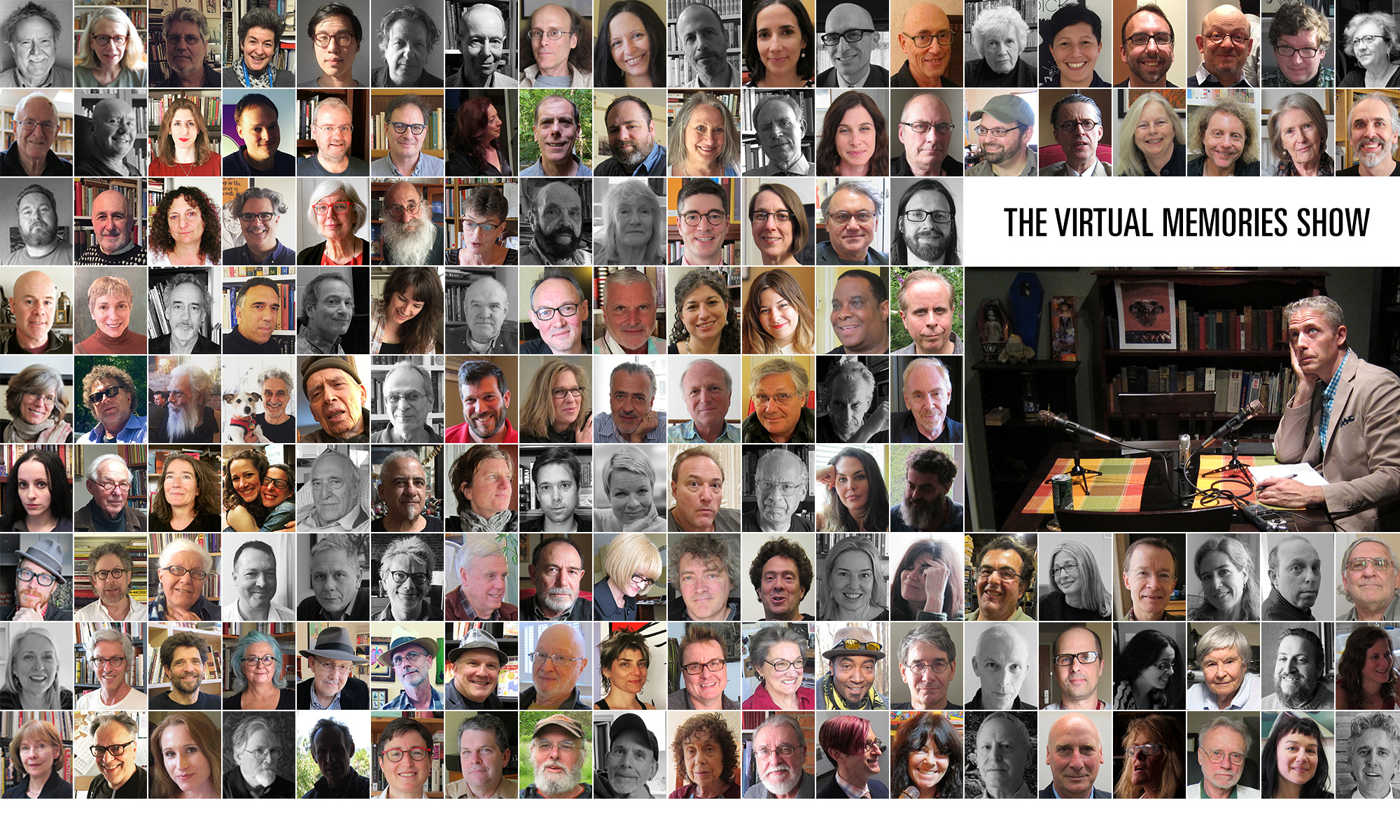Witold Rybczynski has an article at Slate about how architects create a brand for themselves. Near the end, he brings up a point that I’d like to ponder (and would like you, dear reader, to ponder):
Most architectural careers are marked by a deliberate evolution–a slow simmer rather than a fast boil. The drive to establish their own unique brands pushes young architects to distinguish themselves early–too early. Moreover, public recognition of an architect’s particular approach–Meier’s minimalism, Stern’s traditionalism, Santiago Calatrava’s bravura–can serve to stymie the natural artistic evolution of a designer’s style.
This has me thinking about the conflicting impulses for just about any artist: how does one achieve commercial success without freezing one’s artistic development?
It brings me back to a post of mine from last year:
Years ago, the first time I phoned the critic and novelist David Gates, I asked him about the novel he was working on. He said, pretty facetiously, “I’m in a sort of bind. If it comes out like Jernigan [his first novel, which I adored], people will say I’m only capable of writing that type of book. If it comes out nothing like Jernigan, people who liked that book will complain that this one is no good.”
A few years later, when I read it, I thought, “This is pretty good, but it’s no Jernigan.” I was a little embarrassed about that reaction, but hey. I read the book again a few months ago, and enjoyed it a lot more than I remembered the first time.
So can you think of artists who’ve achieved renown, financial success and some degree of celebrity who’ve managed not get caught in that stasis?

It must be harder for artists where there’s a certain formal rigidity in what they make, like clothing or buildings.
In cartooning, nearly all financial success stories that involved an actual artist (unlike, say, Bob Kane) were newspaper strips, and that financial success brought with it the daily commitment of making a comic strip.
It wasn’t until the last twenty years that comics artists had a financial model with enough freedom that this became an issue. Art Spiegelman and Neil Gaiman took the option of using their signature hits to move into other areas — magazine consultancy, novel-writing, etc, that kind of broaden their portfolio to the point that it softens the direct comparison of the next project.
Alan Moore had two hits before the career defining “Watchmen,” and then smartly made its singular status one of its defining virtues while writing it. He got the audience to agree with him before it was even done that repeating it would be a bad thing.
Two cartoonists who are dealing with this issue right now are Chris Ware and Marjane Satrapi; neither seems done with the areas of exploration their first books embraced, so it’s not a question yet. I don’t think it’s any fluke patrick mcdonnell is doing children’s books ten years into Mutts.
As for artists in other fields — isn’t Philip Guston famous for this? Also Bob Dylan. Marvin Gaye. Michael Jordan.
I’m a bit torn about Spiegelman as an example, but I suppose In the Shadow of No Towers IS a divergence from Maus and IS a success of sorts. And he has that complete other career. You know: the Garbage-Pail Kids.
Do you think Gaiman’s novels are dissimilar enough from The Sandman, in the context that I’m talking about? Or is he basically doing a prose-version of the same themes? I’ve only read one of his novels: American Gods, which would’ve transposed into a long Sandman story pretty easily.
And, of course, you’re right that those “fixed” arts like architecture may be more difficult to show as much spontaneity or arc.
I know Dylan’s gone off on all sorts of tangents, but have any of them been SUCCESSFUL since like 1978? I mean, when people talk about major works by Dylan, they rarely mention ANYTHING from after that period. Unless you’re referring to his jump to electric in 1965 or thereabouts, which DOES disprove my thesis.
The vast bulk of Gaiman’s written work is Jonathan Carroll-style fantasy, sure. He’s very strongly branded. I guess what I mean is that he’s not limited by it. Alan Moore might be a better example, as he’s at least made major works of horror (Swamp Thing, From Hell), superhero comics (Watchmen), and porn (Lost Girls — all three volumes out later this year).
Of course, it’s also hard to say that someone like Moore — a better example would be Frank Miller — has altered his brand even though he’s worked in multiple genres. So there are problems with that as the measure.
As for Dylan, etc., I think there comes a point that unless you define your terms with some real world examples you run the danger that an elastic definition of branding can cover any artist who ever worked in any art form. If you use Dylan’s genre changes as a model… that does get sort of interesting. But then it gets less interesting when you realize standards-singer Rod Stewart meets this criterion. As does Al Franken. Yick.
There’s also the matter where escaping a brand isn’t really a virtue. Was Victor Fleming a better director than Fellini? I’d say no, but Victor Fleming certainly changed from picture to picture and most of Fellini is recognizeable as Fellini. Then again, “chameleon” is a brand identity, too.
What I’d suggest is that there generally is something about an artist that can be traced from project to project, whether planned or unplanned, whether embraced or played against, and that the branding process generally seizes on those connections, not the other way around. With most people, anyway.
Spiegelman’s follow-up to Maus was an adaptation of The Wild Party.